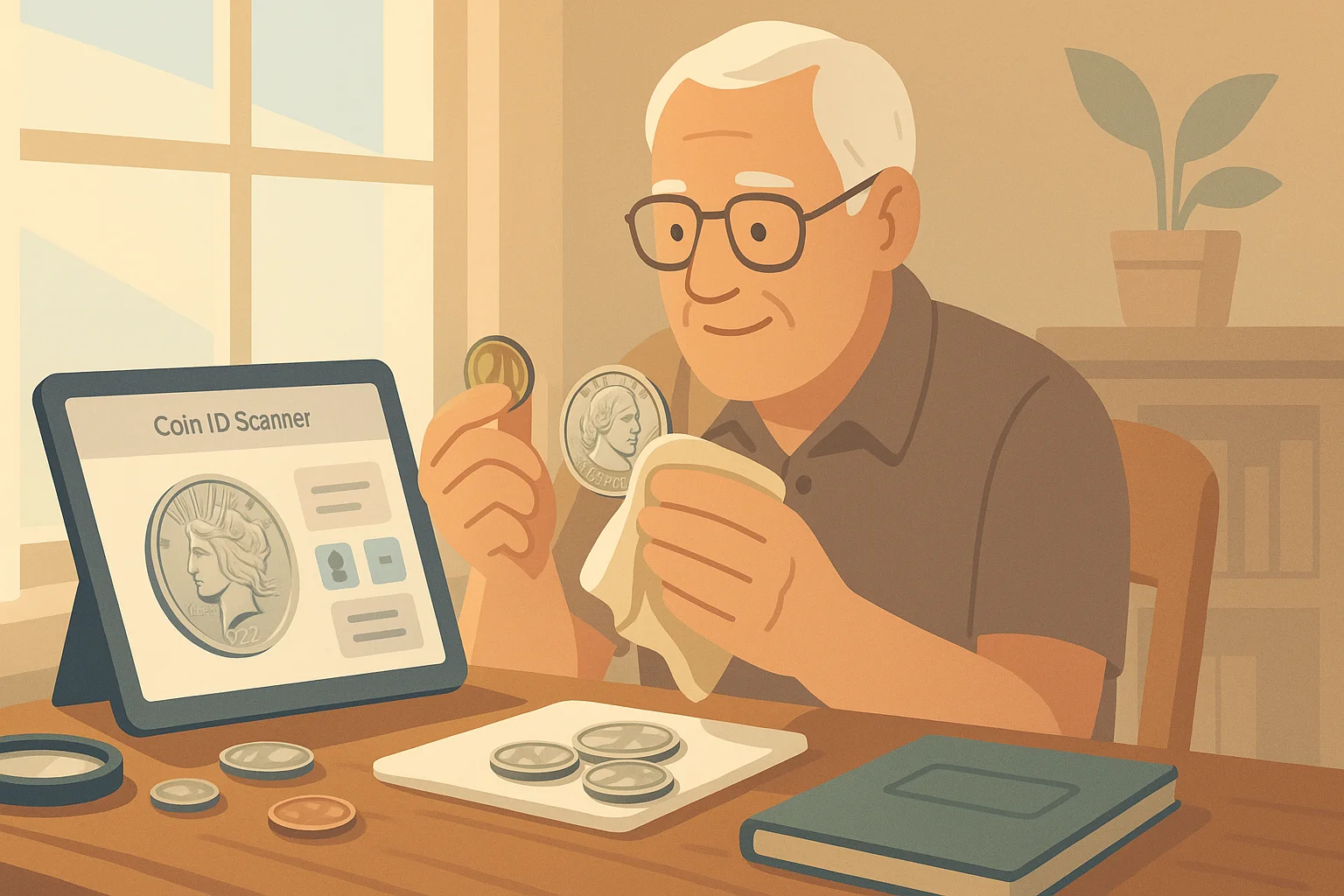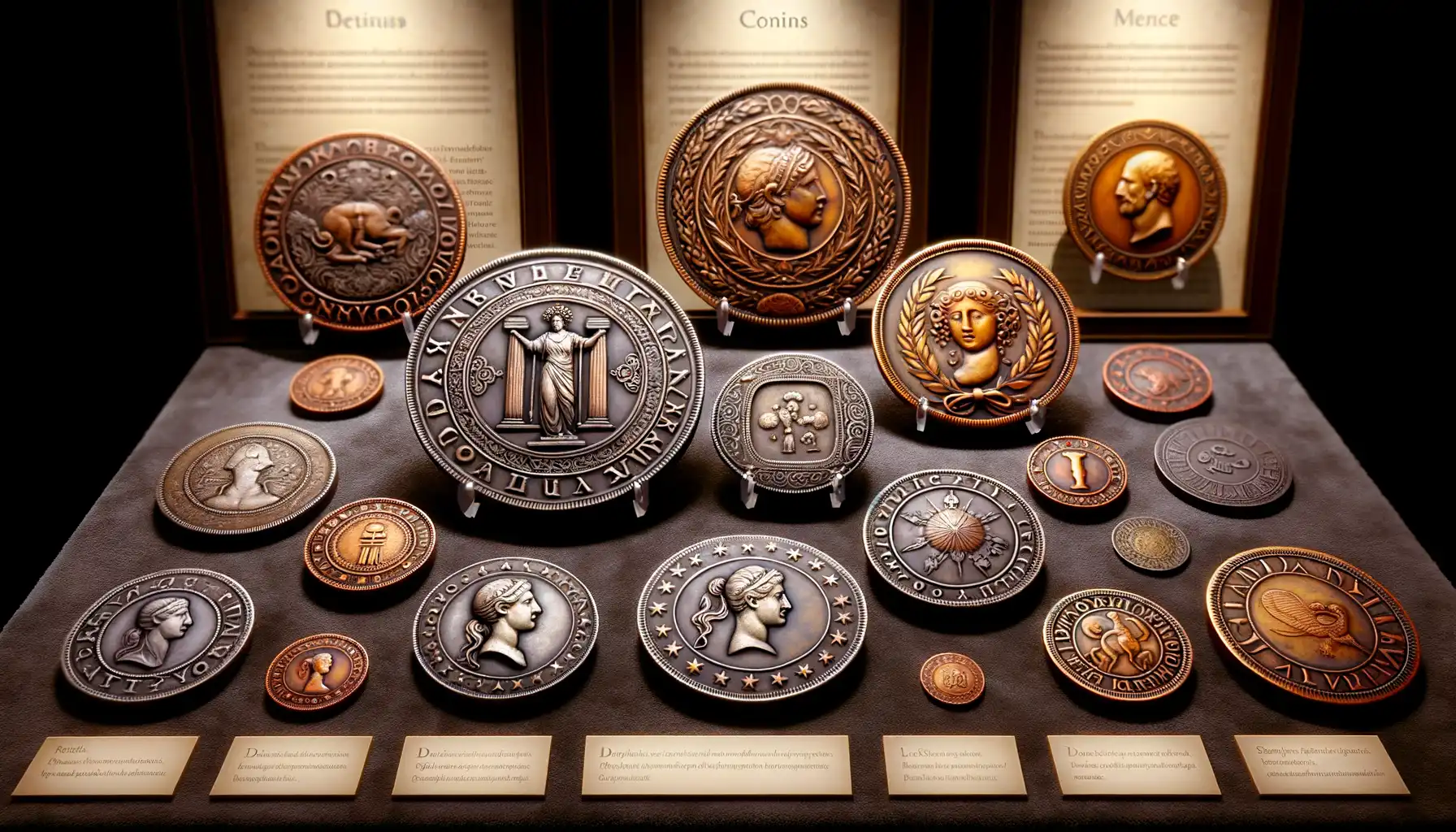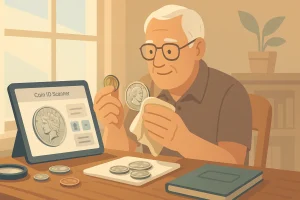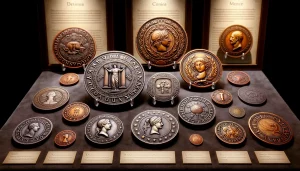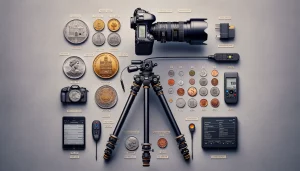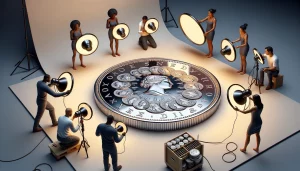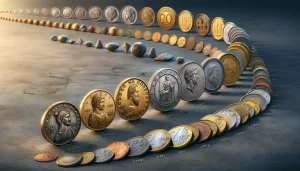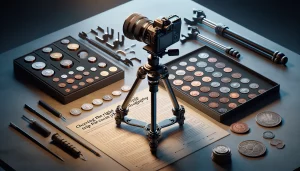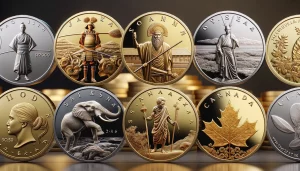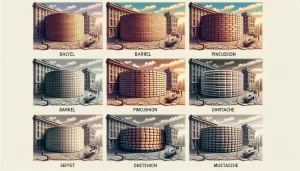Introduction to Coin Mint Marks
Have you ever held a coin and noticed a tiny letter or symbol on its surface, almost like it’s whispering a secret? That, my fellow treasure hunter, is the magical world of mint marks calling out to you. These small details pack a wealth of meaning and history into your pocket change and collector’s items alike. But what exactly are they, and why should we care?
The Hidden Identity of Your Coins
A mint mark is more than just an afterthought on a coin—it’s its birthplace! It tells you where the coin was struck, revealing its journey from raw metal to gleaming currency. For example, a U.S. dime with a “D” means it was minted in Denver, while an “S” points to San Francisco. And let’s not forget the coins without any mint marks—these were often produced at the historic Philadelphia mint.
Think of mint marks as fingerprints; they unlock a coin’s origins and give it character. Plus, they’re crucial for identifying rarities. For instance:
- The 1909-S VDB penny is worth a fortune due to its mint mark and limited production.
- Coins from smaller mints often mean scarcity—and higher value!
Who knew such a tiny detail could carry such weight in the coin-collecting world?
History and Evolution of Mint Marks
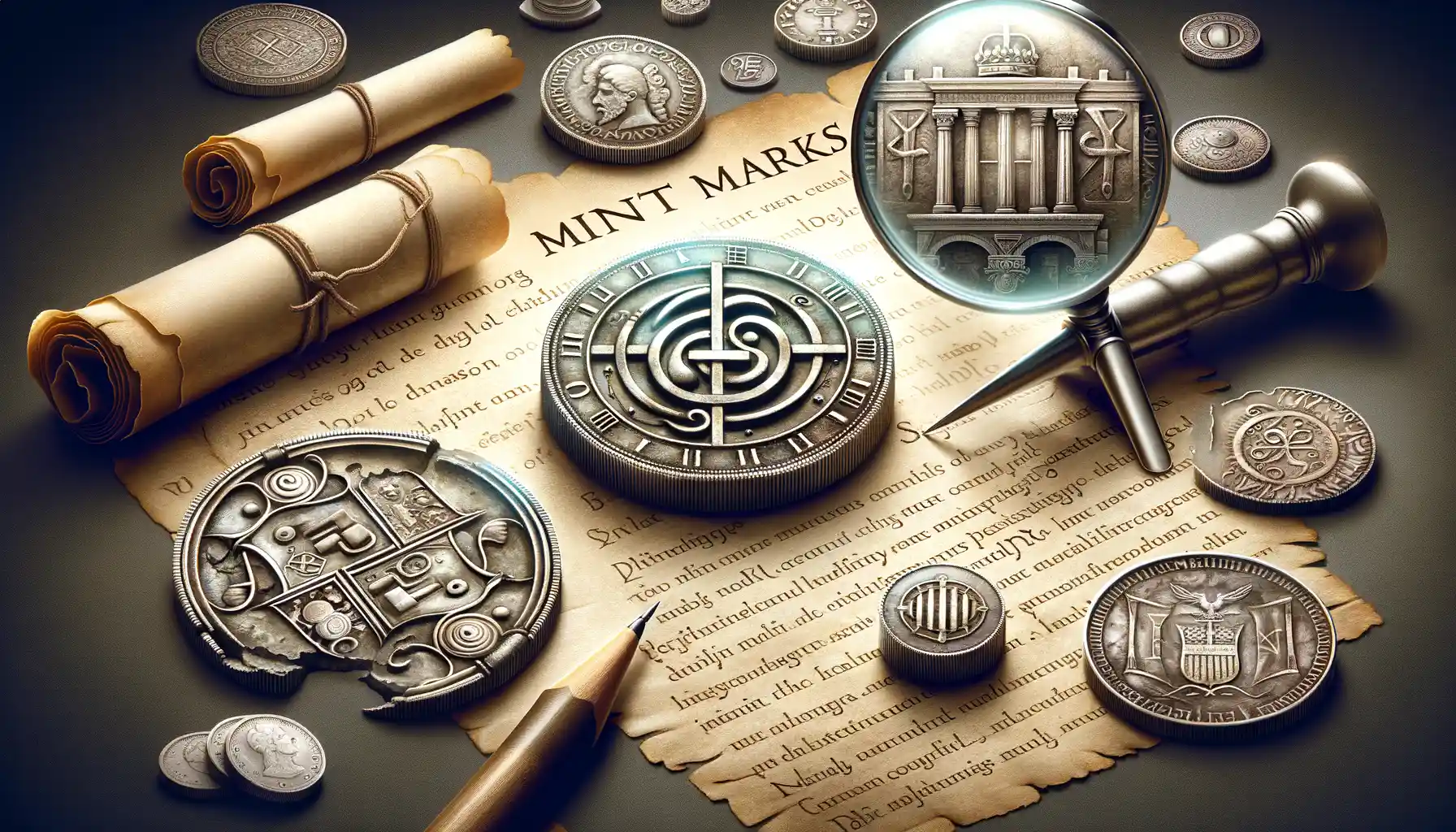
The Birth of the Mint Mark Tradition
Imagine holding a coin in your hand and realizing it carries not just value but history. This is where mint marks come in—the tiny letters that whisper stories of their birthplace. The practice of stamping coins with mint marks stretches back to ancient times. As early as the Greek and Roman empires, cities would imprint small symbols or letters on coins to distinguish them from those of rival mints or counterfeiters. It wasn’t just practical; it was about pride!
Fast forward to the United States in the 1790s. The first American coins were minted in Philadelphia, and since it was the nation’s only official mint at the time, no mark was necessary. But when branch mints sprang up in places like New Orleans (“O”) and Denver (“D”), mint marks became essential for keeping track of where coins originated.
Small Details, Big Changes
Mint marks haven’t always stayed in one place—literally! Before 1980, these marks were stamped by hand and could vary in positioning. Over the years:
- 1864: The iconic “S” appeared for San Francisco-minted coins, reflecting California’s gold rush era.
- WWII: To conserve metals for the war effort, silver pennies emerged with a bold “P” mint mark from Philadelphia.
Every coin tells a story, and mint marks are the exclamation points at the end of their tale!
How to Identify a Coin’s Mint Mark

Spotting the Mint Mark on Your Coin
Finding a coin’s mint mark is like uncovering its hidden signature – a small detail bursting with history and intrigue. But where do you start? Each coin tells its own story, and the mint mark is often tucked away like a shy character in the narrative. The trick is knowing where to look!
- Pennies, nickels, dimes, and quarters: Flip them over. On many U.S. coins, you’ll find the mint mark on the reverse side, near the bottom or just beside key design elements like an eagle or wreath.
- Modern coins: Usually, the mint mark sits proudly on the front (obverse), near the date or under the denomination.
For example, take the iconic Morgan Silver Dollar. Its mint mark nestles just below the wreath on the reverse, as if whispering tales of its origin.
The Often-Tiny Stamps That Hold Big Secrets
Keep an eye out for letters like D (Denver), S (San Francisco), or the elusive CC (Carson City). These stamps are typically tiny – sometimes so small that you might need a magnifying glass to spot them on worn coins. Don’t rush; it’s like solving a riddle. Once you find that tiny letter, you’ve unlocked a piece of history!
Why Mint Marks Are Important for Collectors
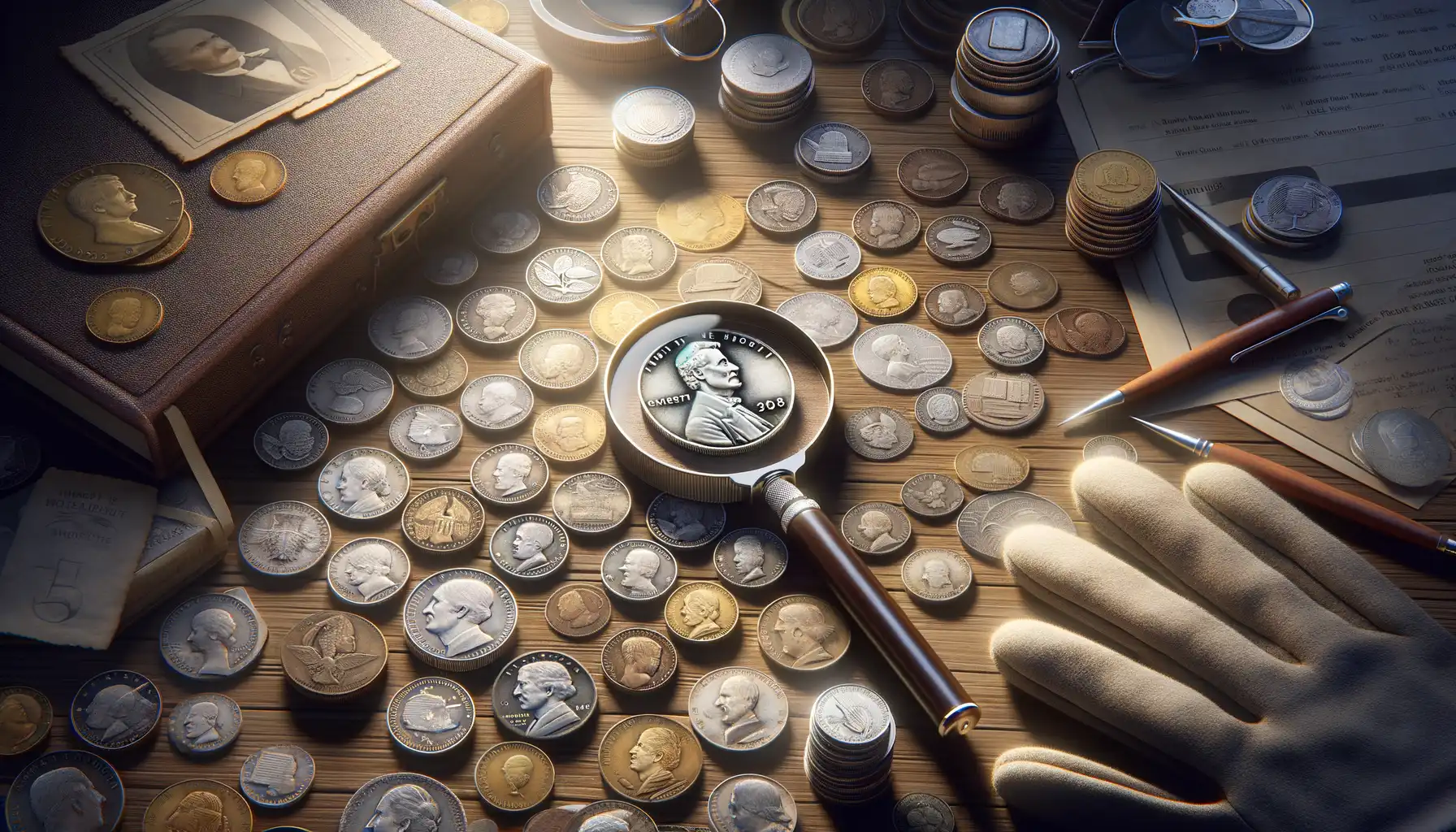
The Stories Behind the Mint Marks
For collectors, a coin’s mint mark is like a portal to another time and place. That tiny letter—sometimes hiding near the date or tucked along the edge—tells you more than just where the coin was struck. It whispers history. A “D” might take you straight to Denver in the roaring 1920s, while an “S” speaks of San Francisco’s bustling mints during the Gold Rush era.
Mint marks add layers of narrative and uniqueness to your collection—a coin from the Philadelphia mint may be common, but one from the New Orleans mint? Now you’re holding a treasure steeped in regional charm and limited production runs.
- They reveal rarity: Less active mints like Carson City produced fewer coins, making their mint-marked issues highly sought after.
- They unlock value: Two identical-looking coins can have wildly different values simply because of differing mint marks.
How They Spark Connection
Imagine tracing a coin’s journey—knowing it originated from the now-closed Dahlonega Mint or survived eras of upheaval from mints that no longer exist. Collectors often feel a profound connection to these objects of history. For many, owning a coin with a rare mint mark is like holding an artifact that survived time itself, linking us directly to the past.
Tips for Collectors: Mint Mark Insights
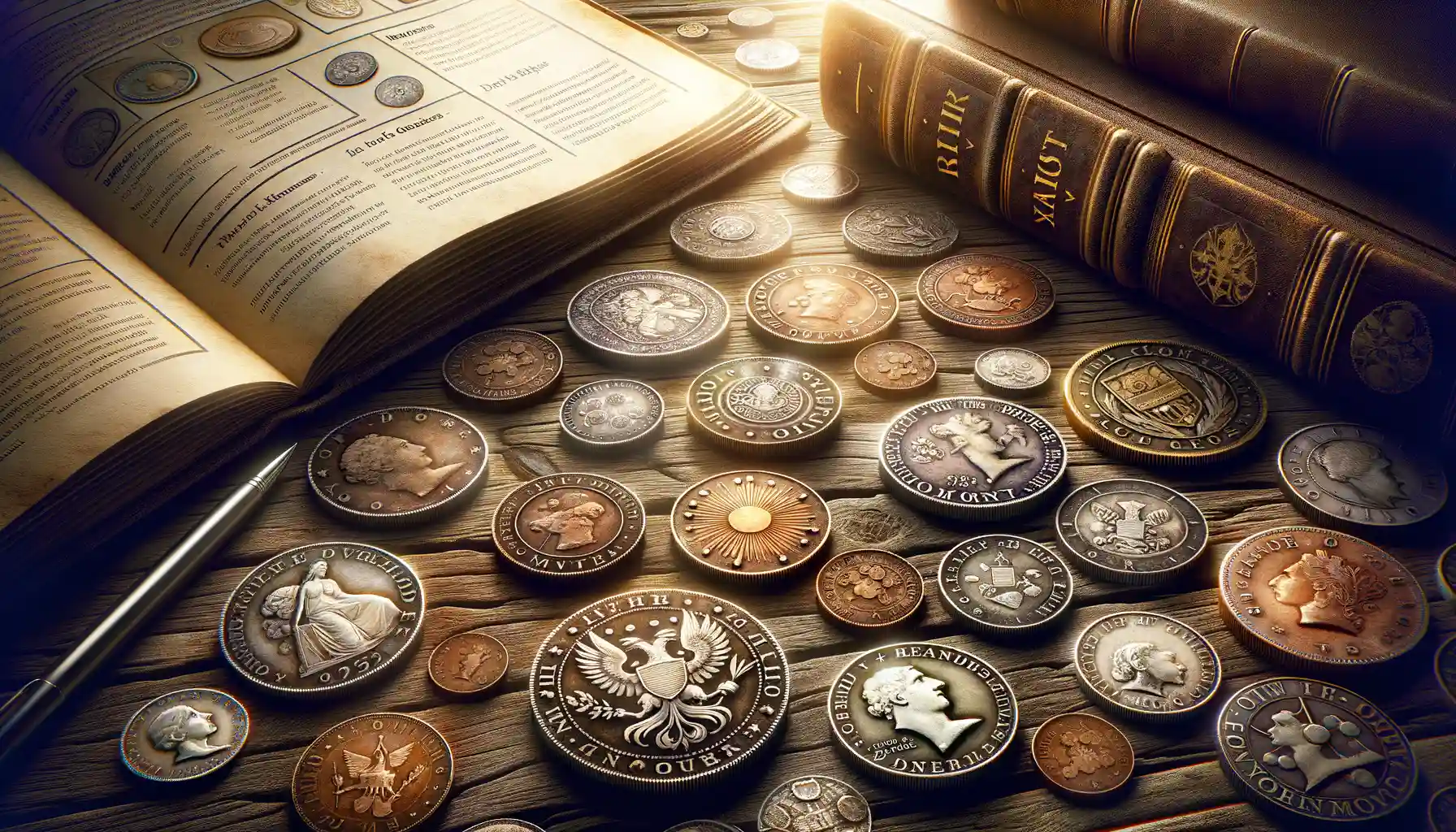
Unveiling the Hidden Stories of Mint Marks
What if I told you that every tiny mint mark on a coin is like a secret whisper from history, just waiting to be heard? These little letters are more than just production details—they’re a gateway to the past! For collectors, mint marks create an exciting treasure hunt, revealing where a coin was struck and offering clues about its rarity.
Consider this: a 1909-S VDB Lincoln cent. The small “S” denotes San Francisco, and it’s a prized piece for collectors because of its limited mintage. Without that tiny letter, you’d miss out on the thrill of holding a true gem.
When examining coins, don’t stop at the surface—take your time; the mint mark might be tucked away in unexpected spots. For example, some coins hide their mint signatures on the reverse side, while others display them proudly alongside the date.
Practical Tips for Spotting Mint Marks
To sharpen your collector skills, keep these tips in mind:
- Use a magnifying glass or loupe to spot worn or faint mint marks.
- Familiarize yourself with common placements for different coins—like below the date on pennies or near the eagle on quarters.
The more you uncover, the more intimate your connection becomes with these miniature messengers of history!
